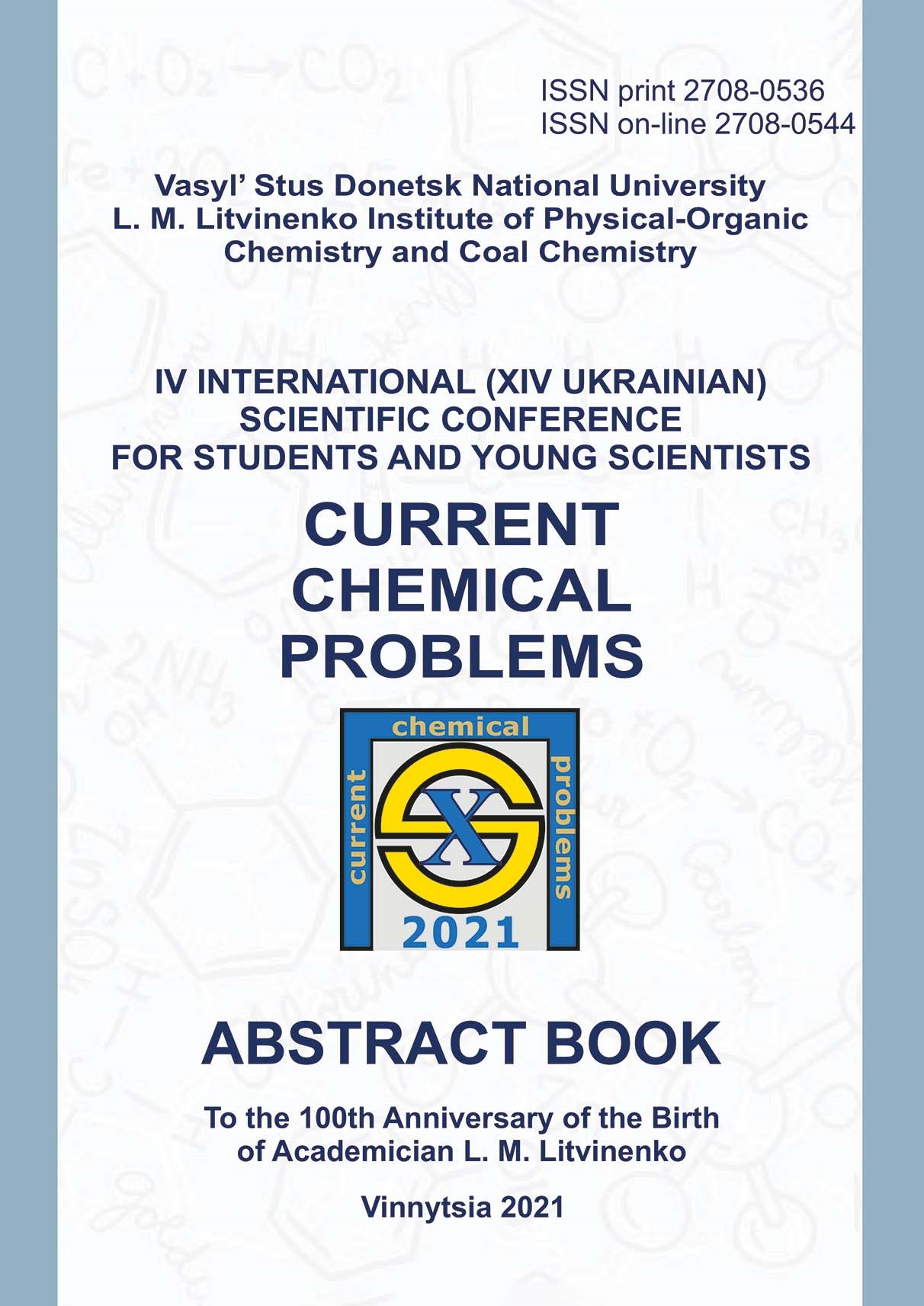Cs-, Mg-, Zn-containing hierarchical zeolites as effective catalysts for 2-aminotiophenes production by gewald reaction
Abstract
Gewald reaction is widely used for 2-aminothiophenes production from cyclic ketones, sulfur and malonodinitrile. This process proceeds by 2 stages (fig.1): the first stage between ketone and malonodinitrile (also known as Knoevenagel reaction) takes place both at the acid and basic centers, while the reaction between 2 and sulfur needs basic centers in such catalysts [1]. Basic compounds (such as triethylamine, Zn- and Ti-containing zeolites [2,3]) are widely used as catalyst for this process. Hierarchical zeolites with developed external surface is effective catalysts for transformations including bulk molecules. It is expected that dopped with basic oxides and titanium oxide hierarchical zeolites have high dispersion of metal particles and high availability for bulk molecules and thus will be effective catalysts for this process. Synthesis of the hierarchical zeolite matrices was proceeded by using Gemini-surfactants as structure-directing agents (SDA).
References
Journal of heterocyclic chemistry, 1999, 36, 2, 333-345.
Microporous and Mesoporous Materials, 2016, 231, 100-109.
Applied Organometallic Chemistry, 2017, 31, 11, e3779.

